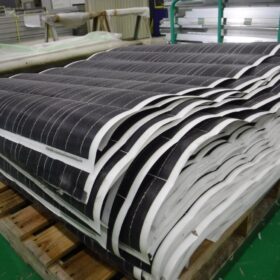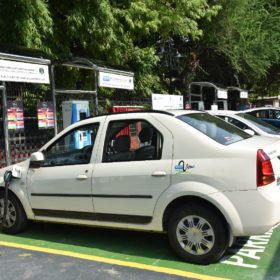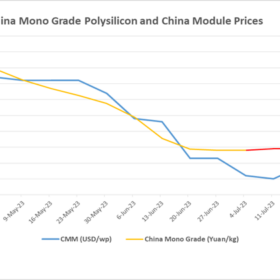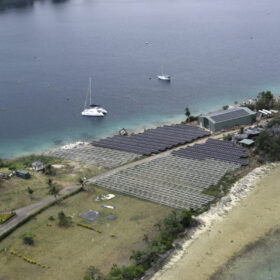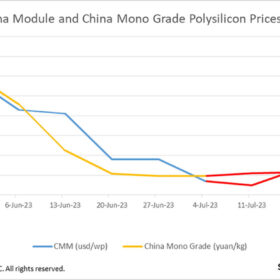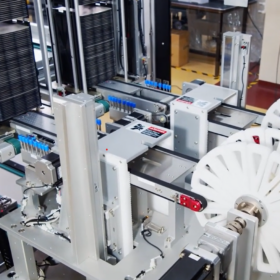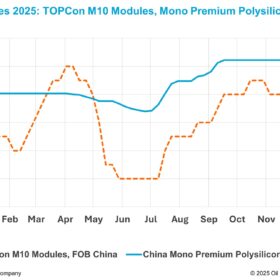Wafer formats continue to evolve
Differences in wafer and module specifications, which have bedevilled solar developers in recent years, could now be narrowing.
Advancing circular economy in photovoltaics: The Hot Knife PV module recycling method
Recycling is of significant importance in a circular economy, yet some challenges have to be faced when recycling PV modules. The novel Hot Knife method to separate the crystalline silicon photovoltaic module front glass from the backsheet contributes only a few permill to the life cycle related potential environmental impacts of PV electricity.
Solar-powered islands? The story of Diu and T’au
The solar-powered islands of Diu and T’au have set an example for other such land masses to meet their power requirements through green energy.
Growth and challenges in EV infrastructure:
The lack of standardized charging systems can create complications for EV owners. Different EV models may require specific charging systems, and a universal standard is crucial to ensure compatibility and ease of use.
Solar sovereignty: India’s path to sustainable independence and green revolution
The Indian government is actively steering the nation towards a sustainable and environmentally-conscious energy future. However, this juncture calls for a strategic alignment of protective measures to ensure their intended outcomes, notably reducing India’s reliance on energy imports and positioning the nation as a global hub for solar manufacturing.
Prices of China’s PV upstream segments rise, module prices hold steady amid bearish sentiments
In a new weekly update for pv magazine, OPIS, a Dow Jones company, provides a quick look at the main price trends in the global PV industry.
What is a carbon credit market?
When one company captures a unit of carbon from the atmosphere using some green technology (this process is called carbon sequestration), it can generate a carbon offset. Other companies can then purchase that carbon offset to reduce their carbon footprint.
Financing implementation of solar energy solutions in the Pacific Island countries
The International Solar Alliance said that securing financing for renewable energy projects in Pacific Island Countries (PIC) may be complex due to the need for stand-alone solar energy systems and mini-grids, which to be viable for larger investments would require aggregation at a sectoral or programmatic level to become feasible. In its monthly column for pv magazine, the organization describes the types of finance required to scale technologies.
Mitigating supply chain challenges for solar projects
Since July, the solar market has seen a stark drop in module prices. Forecasts indicate a price increase in the coming months. This uncertainty has cast a shadow on the growth of renewable energy assets in India.
Module prices revert to descending trajectory after a brief rally
In a new weekly update for pv magazine, OPIS, a Dow Jones company, provides a quick look at the main price trends in the global PV industry.

